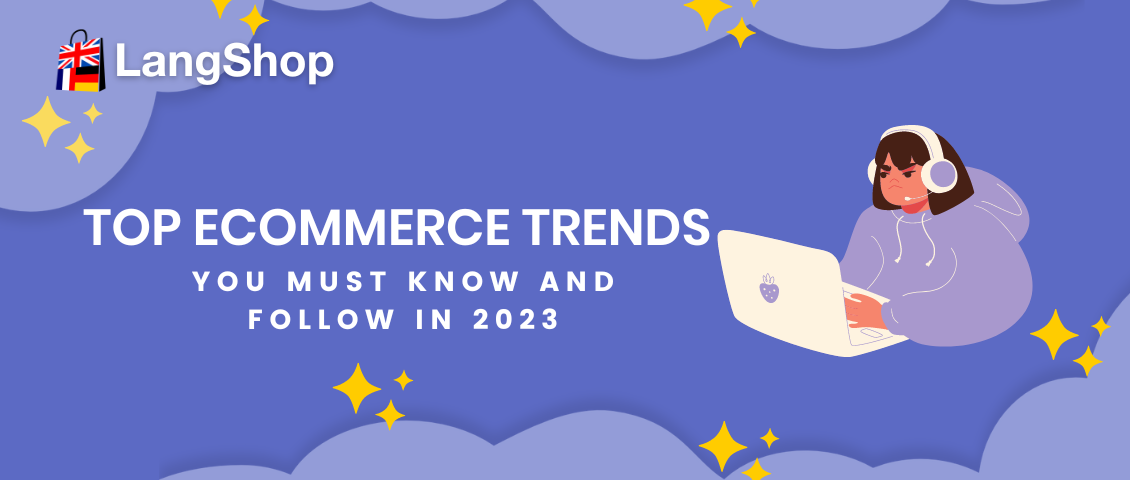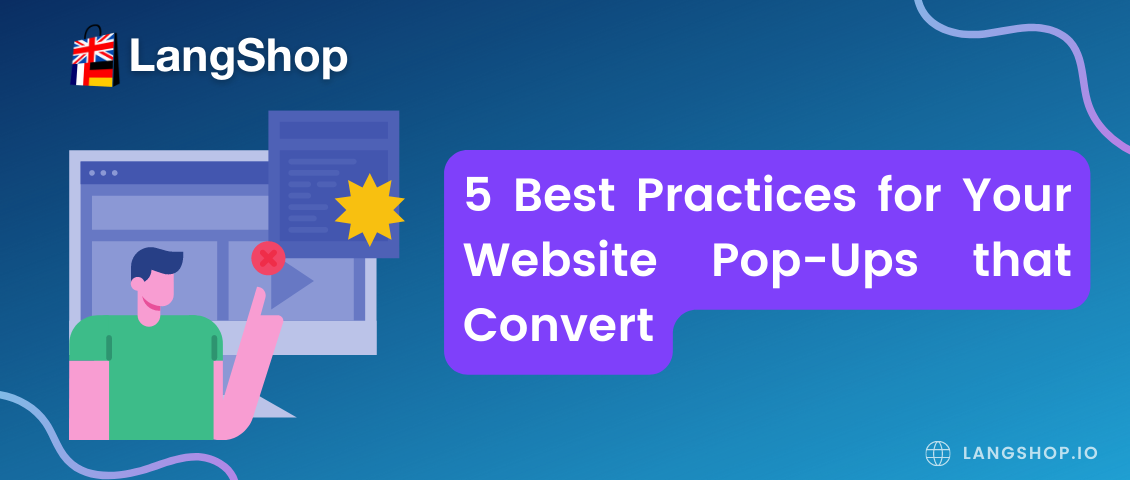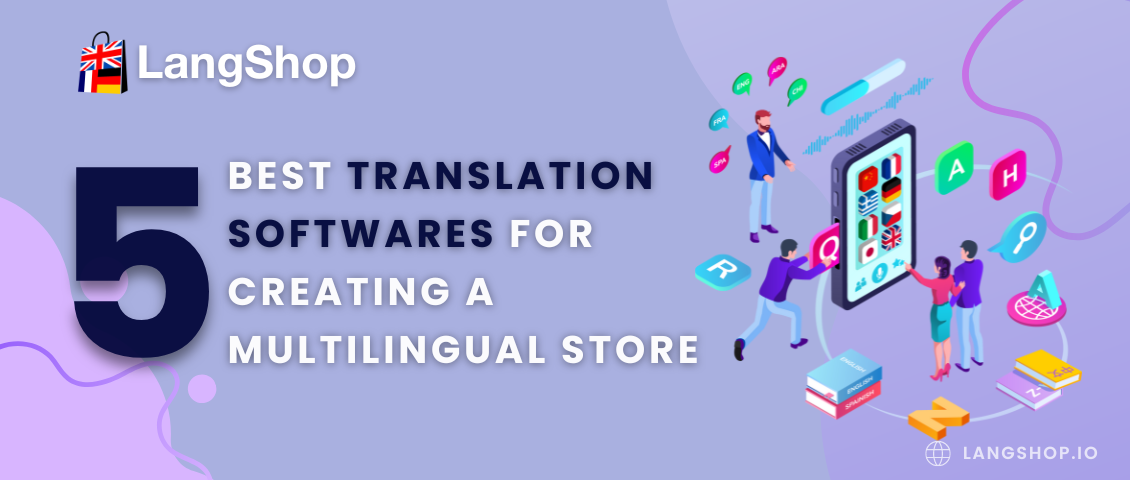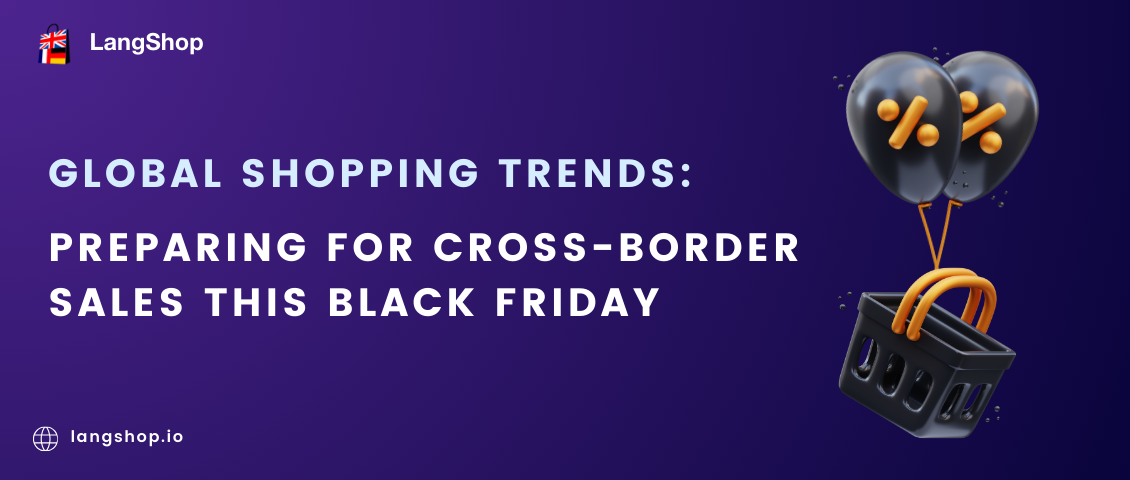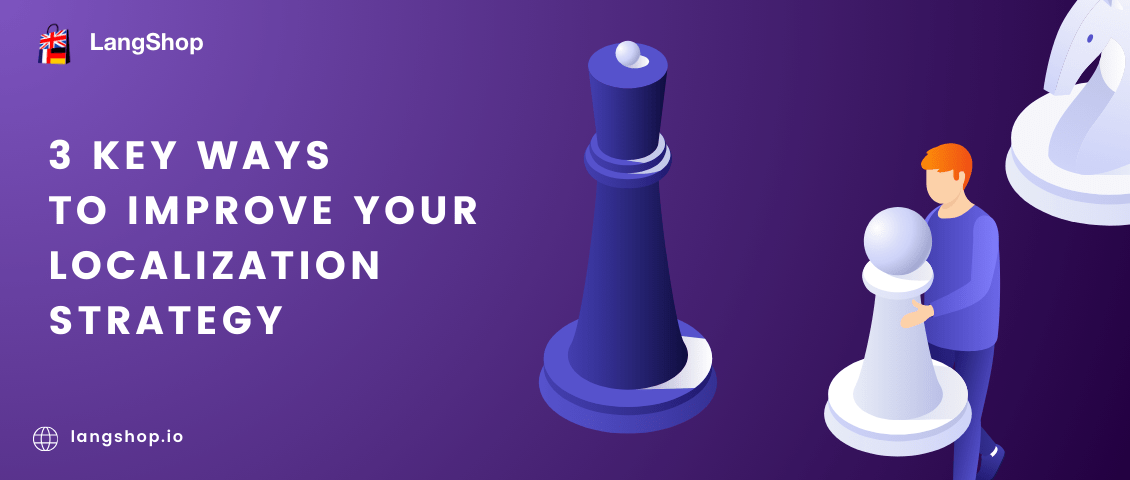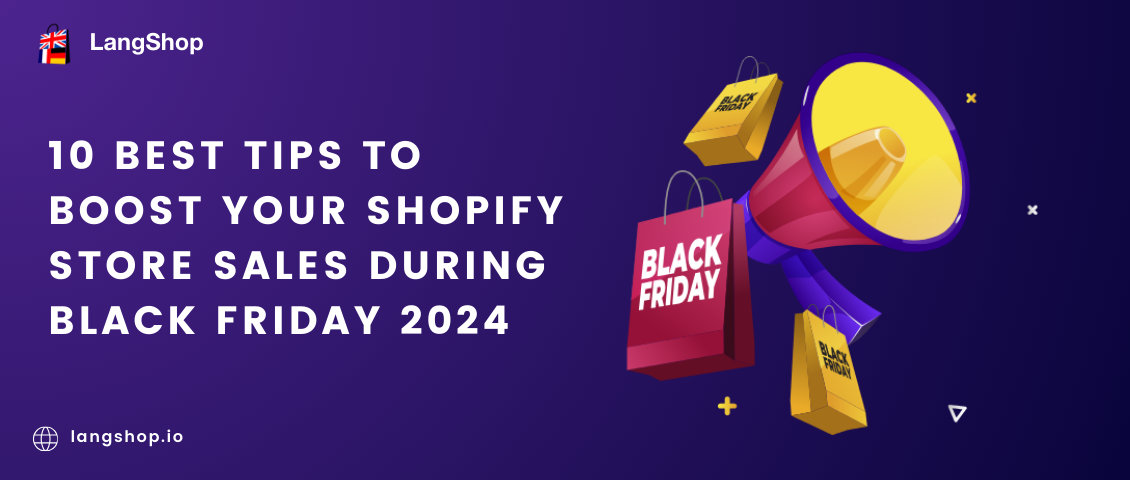As we head into a new year, it's important for businesses to stay ahead of the curve and understand what the market trends are. The past year has been marked by inflation and a growing unemployment rate, both of which have had an impact on the eCommerce trends we can expect to see in 2023. Despite the challenges, digitalization continues to push forward, and global ecommerce sales have continued to grow.
In this blog post, we'll be discussing the top trends that you must know and follow in order to stay competitive in the eCommerce market. From the rise of social commerce to the increasing importance of customer experience, we'll cover the market trends you need to know to stay ahead of the game in 2023. So, let's dive in and discover what the future holds for eCommerce in this digital age.
#1 Machine learning
One of the most significant eCommerce trends in 2023 is the increasing use of machine learning.
Machine learning (ML) is a type of artificial intelligence that enables computers to learn and adapt without being explicitly programmed.
In the eCommerce industry, machine learning is being used to improve a wide range of functions, including product recommendations, search, and customer service. This year the focus will be on search algorithms, content personalization and inventory management.
1. Machine learning search algorithms
Machine learning algorithms can be used to improve search results by understanding the intent behind a customer's query, rather than just matching keywords.
Consumers in 2023 are looking for a seamless and effortless shopping experience, whether they are browsing online or in-store. So displaying relevant results even if they use a different term for a product or service, is crucial for eCommerce business. This improves the chances of customers finding what they're looking for, which can lead to increased sales and customer satisfaction.
Also, machine learning algorithms can analyze customer data, such as search history and purchase history, to improve search results. This can include identifying patterns in customer behavior, recommending similar products, and even predicting what a customer is likely to search for in the future.
AI-powered search algorithms can also take into account the context of a customer's query, such as their location and browsing history, to further personalize the search results. For example, if a customer is looking for a product on a mobile device, the search algorithm can prioritize mobile-optimized websites.

2. Content personalization with machine learning
By analyzing data on customer interactions, such as browsing and purchase history, machine learning algorithms can identify patterns in customer behavior and use this information to personalize the online shopping experience.
One way that ML can personalize content is through product recommendations. This can include recommending similar products, predicting what a customer might want to purchase in the future, and even identifying products that a customer might not have discovered on their own.
Another way that ML can personalize content is through targeted marketing. By understanding a customer's behavior and preferences, machine learning algorithms can identify the most effective marketing messages and channels to reach each individual customer. This can include personalized email campaigns, social media ads, and even targeted promotions.
3. Using ML for inventory management
By analyzing data on customer behavior and sales, machine learning algorithms can help businesses to optimize their inventory levels and ensure that the right products are in stock at the right time.
The way that ML can improve inventory management is through demand forecasting. By analyzing sales data, algorithms can predict future demand for products, helping businesses to avoid stockouts and overstocking. This can help to improve customer satisfaction and reduce costs associated with carrying excess inventory.
Another way that machine learning can improve inventory management is through automated replenishment. By analyzing sales data and customer behavior, ML algorithms can identify when products are running low and automatically reorder them. This can help to eliminate the need for manual monitoring of inventory levels and reduce the risk of stockouts.
In addition, machine learning can also be used to optimize pricing and promotions. By analyzing data on customer behavior, sales, and external factors such as competitor pricing, ML algorithms can identify the most effective pricing and promotional strategies to drive sales and improve customer satisfaction.
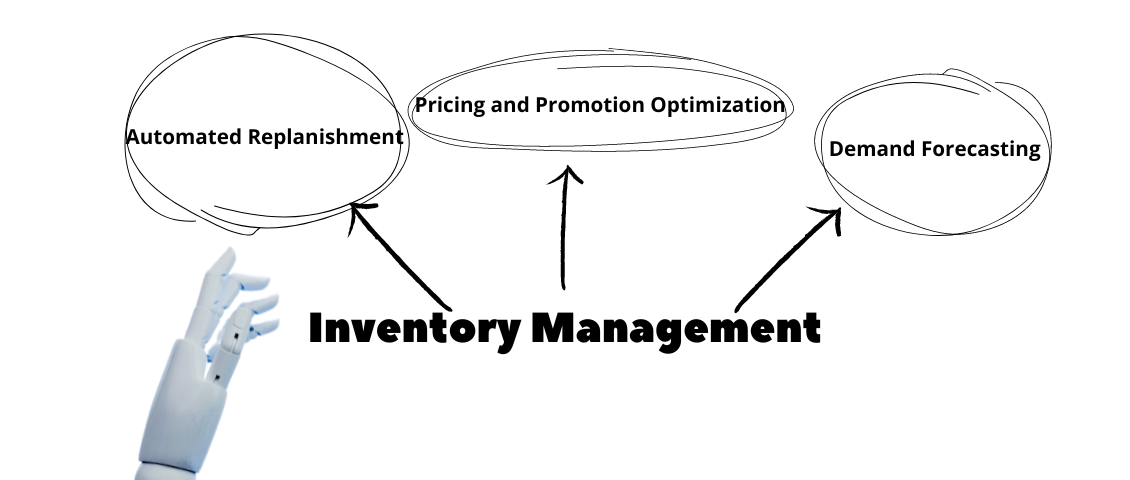
#2 Store content localization
Shopify claims that selling products for consumers in their local language is the huge trend this year. According to a CSA Research survey, 65% of buyers prefer to consume content in their own language, even of poor quality, while 40% won’t even make purchases from websites that are not in their native language.
As a consequence, website content translation becomes more and more popular in eCommerce industry, especially among global brands. They translate website content to reach a wider audience, appeal to global customers, and tap into new markets.
Content translation is one of the most important elements of store localization, which refers to website adaptation to meet the cultural, language, and legal requirements of a specific country or region. This can include everything from pricing and currency, to product descriptions and customer service. By providing a localized shopping experience, businesses can attract global customers to their store and improve their chances of making a sale.
In general, even a surface localization like store navigation and product description translation can increase sales by up to 60%. That’s why we can expect more businesses to enter new markets this year.
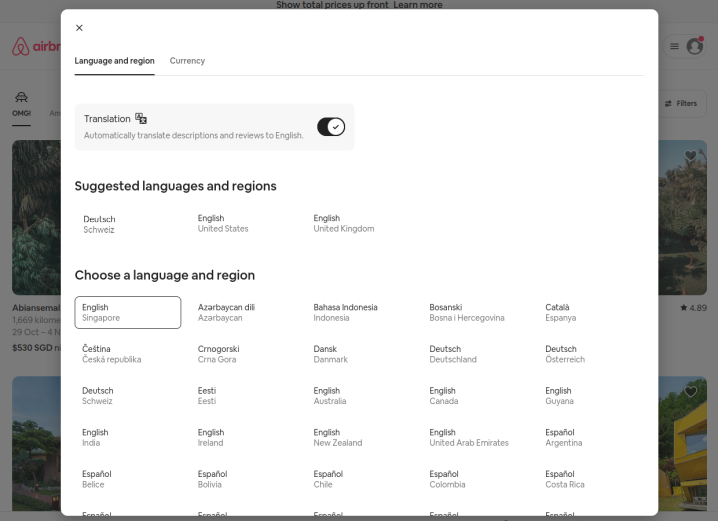
#3 Social commerce
In 2023, more businesses will utilize social media platforms to sell their products and services. Majorly, the reason for that is that social media today is the opportunity to reach a broader audience and target specific groups of customers. They enable businesses to connect with customers in real-time, build trust and loyalty, and gather feedback to improve customer satisfaction.
Different social media platforms have different features and audiences, and as a result, some are more popular than others for selling products. The most popular platforms for selling products are:
- TikTok: TikTok is the platform we advise to pay special attention it 2023, because it has become extremely popular among younger users. This platform has a unique way of content creation and consumption, which has been successful for businesses to showcase their products and services.
- Facebook: Businesses can use Facebook to create a store, list products, and promote them to their audience. Additionally, Facebook Marketplace allows businesses to sell products to people in their local area.
- Instagram: Instagram has a range of features that make it well-suited for eCommerce, including shoppable posts, Instagram Live, and Instagram Stories. These features allow businesses to show off their products and make it easy for customers to make a purchase.
- Pinterest: Pinterest is a visual platform that allows users to create boards to organize and share images. Many businesses use Pinterest to showcase their products, and it has been a great platform for driving website traffic and sales.
In general, social media platforms have a large user base, which provides ecommerce businesses with a vast potential customer base. They also allow businesses to interact with customers in real-time and engage them in the store’s life.

#4 Virtual try-ons and stores
Virtual try-on technology allows customers to try on clothes, shoes, and accessories virtually, using a computer or mobile device, rather than having to physically visit a store.
One of the main benefits of virtual try-on technology is that it can improve the online shopping experience for customers. By allowing customers to try on clothes, shoes, and accessories virtually, they can get a better sense of how the product will look and fit on them, which can help to reduce the number of returns and increase customer satisfaction.
Another benefit of virtual try-on technology is that it can also be used to personalize the shopping experience. By using virtual try-on technology, businesses can create personalized product recommendations based on a customer's body shape, skin tone, and preferences. This can help to increase sales and improve customer loyalty.
Virtual try-on technology can be integrated into e-commerce websites, mobile apps, or social media platforms by using augmented reality (AR) technology, 3D modeling, or virtual reality (VR) technology. These technologies enable customers to see a realistic representation of the product, and can also provide additional information such as size, fit, and available colors.
But not only products you can check virtually. Virtual stores, so popular among premium lux brands, will also be popular this year. The technology created during hard COVID times is focused on transmission of the atmosphere customers could experience only on physical stores.
Thus, consumers all around the globe have an opportunity to enter Beverly Hills Ralph Lauren store, walk around it, check prices, read product descriptions and purchase a desired product.

#5 Recommerce
Recommerce, also known as reverse logistics, refers to the process of buying, selling, and trading used or pre-owned goods. This can include anything from clothing and accessories, to electronics and home goods. Recommerce is becoming increasingly popular as consumers become more conscious of the environmental impact of their purchases and seek out more sustainable options.
One of the main benefits of recommerce is that it can help to reduce waste and the environmental impact of consumer goods. By reusing and repurposing products, recommerce can help to decrease the demand for new products and the resources needed to produce them. Also, recommerce can help to extend the life of products, which can help to reduce the overall amount of waste in landfills.
Another benefit of recommerce is that it can be a cost-effective option for consumers. Buying used or pre-owned products can be a more affordable alternative to buying new, which can be especially beneficial for those on a budget. Additionally, recommerce can also be a way for consumers to access luxury or high-end products that may be out of their price range when buying new.
To Conclude
In 2023 businesses should consider new and innovative ways to personalize the shopping experience, expand their reach and appeal to global customers, and finding cost-effective ways to promote their products and services.
Read some more relative articles:
5 Best Tips to Boost Your Shopify Store Sales During Black Friday 2022
Storytelling and TikTok for business: 2022 eCommerce Trends (Commerce+)

